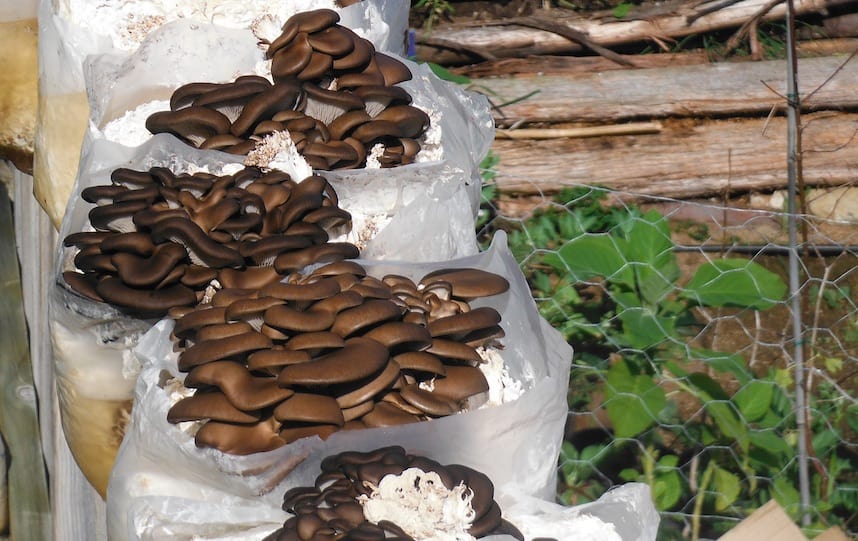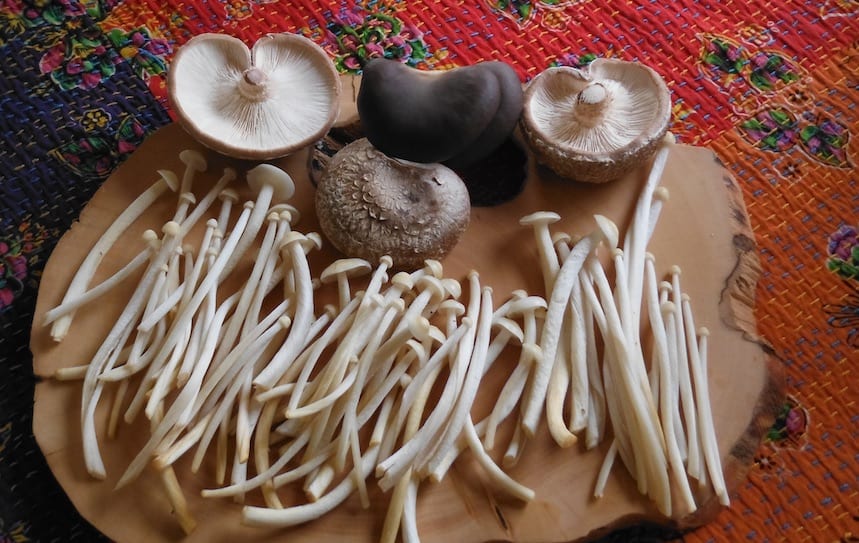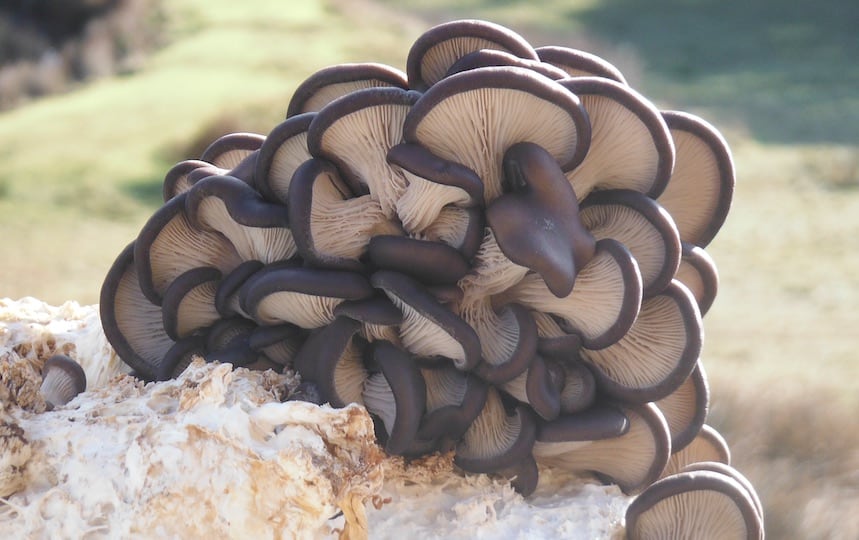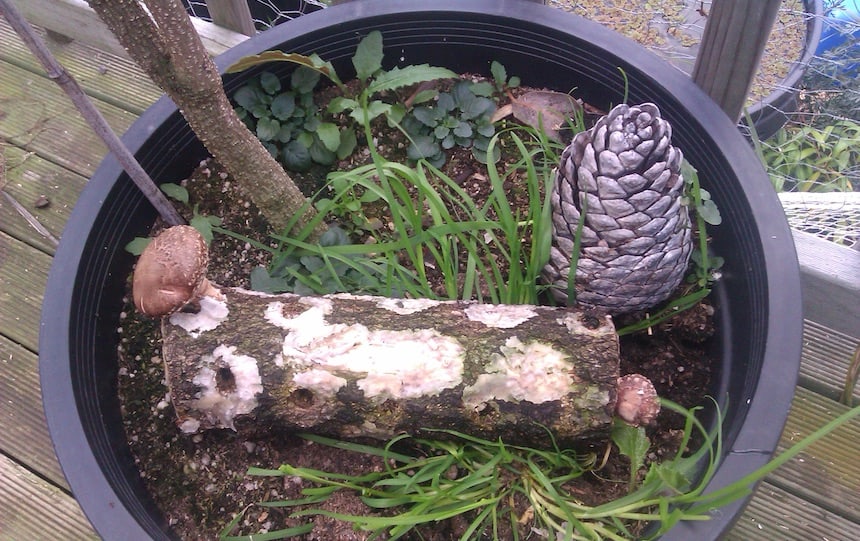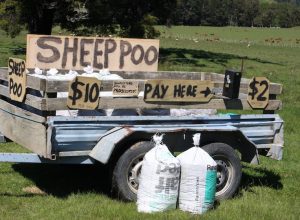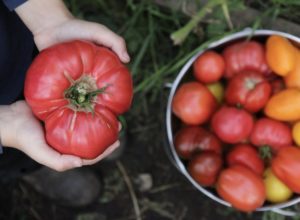Fungi in permaculture systems are everywhere, and we can benefit from understanding the roles they play.
Many organisms enjoy consuming mushrooms, and we can organise guilds that bio-diversify permaculture systems. Here are seven ways to use fungi in permaculture.
A source of food
Grow worms, snails and various maggots on spent mushroom substrates, then feed them to chickens, ducks or fish.
Feed the bees
Grow species such as wine caps to supplement the diet of bees, which have been known to feed on the sugars contained in the mycelia.
Pest control
If nematodes are a problem in your garden, why not allow oyster mushrooms to hunt them down and devour them? Plants which are particularly susceptible to nematodes, such as onion, lettuce and tomato, would benefit from this stealthy companion.
Break down manure
We can harness manure decomposers such as shaggy mane Coprinus comatus, wine cap Stropharia rugosoannulata, and portabello Agaricus bisporus, among many others, to speed up the process of breaking down manure, thereby reducing unpleasant odours and fly-breeding habitats.
The fast cycling of nitrogenous wastes back into the soil also reduces potential water pollution from runoff.
Clean your pond
In an aquaculture system, use mushrooms as myco-filtration units, to help clean the water as it is cycled from the ponds back to the ponds.
Fatten up some yabbies
Feed spent mushroom logs and straw directly to yabbies, which are classic decomposers and eat just about anything: place the material at the edge of their ponds, partially submerged, and allow the yabbies to decompose the pile at their own pace. Then eat the yabbies or fed them to ducks or fish, or platypus if you’re lucky.
Livestock love fungi
Feed mushrooms to livestock such as pigs, which are well-known lovers of fungi, to help keep them healthy, naturally. Some fungi contain natural antibiotics, immunoenhancers and adaptogens.
Some farmers inoculate their straw or silage with mushroom mycelia, to create a more readily digestible food, higher in protein and food value. They then feed this myceliated food to cows or pigs. Alternatively, the mushrooms can be harvested first, and the spent substrate then fed to livestock.
Make some grains
Observe which fungi animals seek out, and try to learn why. I feed our chickens, ducks and geese with myceliated grains, which they prefer over fresh, untreated grains; it is easy to make myceliated grains, once you understand a few basics, using nothing more than a bucket of water, some gypsum, grain, and some spawn to start the process.
Fungi in permaculture zones: An example
There is a place for mushrooms in all the zones of your garden. This is how I use them, or plan to.
Zone 0: The kitchen is the starting place for making mushroom cultures, and also the destination for many homegrown mushrooms.
Zone 1: This is where I choose to incubate and fruit many of the mushrooms I grow, because I visit this zone regularly, and use a hose here. Oyster, shiitake and pioppino mushrooms enjoy the shade and humidity offered.
Zone 2: This zone is where I choose to grow my compost lovers, because it’s where the chook pen is. My pathways are made of sawdust and woodchip inoculated with wine cap mycelia. I’m also trying morels Morchella esculenta under the apples. When I pulled out some Spanish heath and piled it up I was rewarded with a crop of wood blewits Lepista nuda, already established here.
Zone 3: This is where we’re going to plant oaks and hazelnuts for truffles, plus the nuts, as well as using the prunings to grow shiitake logs. We’ll also have a small stand of pines for saffron milk caps, slippery Jacks, and if we’re lucky matsutake!
We’ll also plant eucalypts, hopefully to support morels (which are both mycorrhizal and saprophytic), but also for making log stacks of shiitakes, oysters and the other wood lovers. Then there’s the birch grove for birch boletes Leccinum scabrum, and hopefully chaga Inonutus obliquus.
Zone 4: This is our existing forest, which I thin out for timber to make terraces, which I then inoculate with various wood loving mushroom mycelia. We have wild reishi, which are long lived and slow growing, and require little maintenance.
Zone 5: This is wilderness for us, complete with Tasmanian devils, quolls, bandicoots, wallabies and pademelons (truffle lovers), as well as thousands of wild fungi, including enoki (wildgrown look completely different from shop bought).
Will Borowski is the Owner and Operator of Forest Fungi, and is considered an Australian leader in the mycology field. All images courtesy of Will Borowski.

